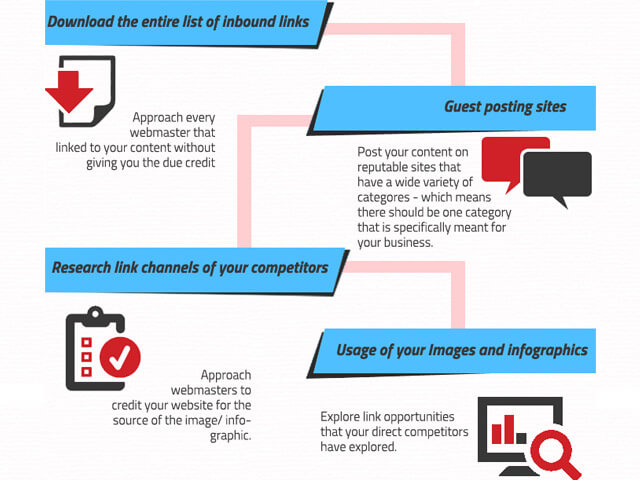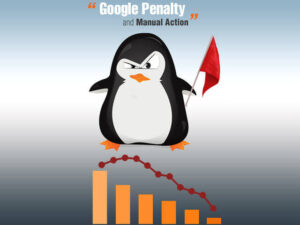What are some of the top properties that make a webpage win over others and rank on top on search engine results? This is one of the most common questions asked by webmasters today.
Compelling content remains the top draw for the most popular search engines in qualifying search results. And content refers to everything on the site. And the parameters that determine a good from a poor content remain one of the most ambiguous topics of discussion till date.
Having said that, if we follow trends and analyze search results over a period of time, we can zero in on ‘the factors’ that guarantee higher ranks. Let’s dig in.
On-page signals
This refers to the technical aspect of a page – starting from the updated technology and frameworks used, particularly the SEO friendly technologies that allow better search engine crawling, to the optimized rich snippets of a page, robust site structure, clean navigation, minimal load time, so on and so forth.
Additionally, since more and more web pages are viewed on mobile devices, it has been seen that responsive sites perform better on search engines and they are not losing out the visitors on the go.
Content factor
Do we need to talk about content? Let’s just say, fresh original and honest perspectives can fetch you the brownie points. There are a ton of pages out there that probably talk about the same thing that you do. So why should your page rank higher? Apart from everything else, if you think your content offers any new information, even if it is just your view on the subject – it is original, and people may want to read it and benefit from it. The other factor to consider is recency or frequency. Update your information whenever you think you are losing relevance. Information is fast changing due to changing perspectives, and if you don’t adapt, you are no more useful.
Off page signals
As much as they say, optimal linking remains a significant factor in a web page’s search engine performance. And by links do not be mistaken into thinking just about external backlinks. Yes backlinks are important. And so is to understand that only relevant links from partnering sites, contextual links and those that add value to the website’s service offerings or content can benefit a webpage.
In the same breath it should be noted that optimal internal linking is one of the most underutilized factors that most web masters overlook. Within your domain connect your pages whenever necessary to refer to pages that can elaborate your offerings. If you maintain a blog, refer to the website’s pages in your blog to connect the two. Often, websites have way more visits on their blog posts because they have something new every week, while the main website’s content has nothing new to offer. Therefore, internal links can be a great way to bring in visitors though your blog.
User Signals
User signals play a role in determining if your page is worth a higher rank. The areas that you should focus on are the top visited pages of the site, diminishing exit rates of the page, higher clicks through rates, higher time spent on the page and lower bounce rate (of the website).
There are ample tools and software that can guide you to analyze these factors and study your site’s performance. One of the best and the most reliable is Google Analytics. Every webmaster should be able to study Google Analytics to know how he is doing on the web.
Social signals
How social signals impact a web page is rather tricky. Matt Cutts towards the beginning of the year says,
“So I’m not saying not to use Twitter or Facebook, I love to tweet, there’s a ton of people who get a ton of value from both Facebook and Twitter. I think both of those services represent a fantastic avenue, it’s a way to drive visitors and traffic to your site, it’s a way to let people know about news related to you or your company or website, so I think they’re great ways to build up your personal brand.”
Clearly, while it is a good practice to be socially alive and kicking, there are other factors that share its importance as a ranking factor and it has just slipped down the ladder a couple of steps.
Whether it is out of confusion or otherwise, it is surprising to see that a lot of businesses still do not put enough emphasis on social media. It is foolish to leave any opportunity that allows you to connect with audiences, form new alliances, and talk about your businesses to new users. Even if it is not getting you a higher rank, it is a thriving community that has room for everyone from different professional backgrounds. Connecting with such a ready audience can surely bring no harm!
Key Observations
- Comprehensive content that is compatible with Semantic search
- Lengthier content
- Lack of distractions in the form of advertisements or ad links on top ranking content
- Supporting media files like explanatory infographics, images and videos
- An optimal link structure within the website
- Longer Key phrases within the content to support semantic search instead of focusing on single keywords
- Brands fare better than lower sites
The last point is disappointing. I mean, there is no way a smaller competitor can compete with the likes of their world famous counterparts. And in fact some reports suggest that they rank better even when they are not fulfilling the other metrics that the junior brands so diligently follow.
With the ever changing algorithm of search engines, and our responses to those changes, the equation is constantly evolving. For one, there is no one way of winning, just adapting to those changed environments should help. And as Matt Cutts says, user is king, and we should work towards offering a ‘wow’ customer experience to all viewers on our site. Any change that improves on this experience should add value. In that light, the above checks should help webmasters tide over the issues that are keeping your website from performing to your optimum potential.
And, be on the lookout for more!












